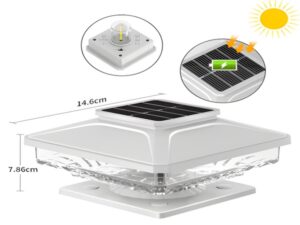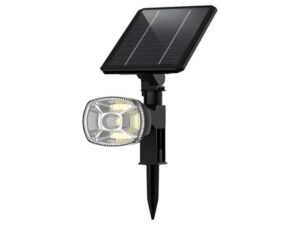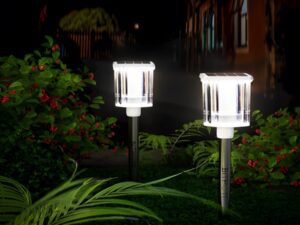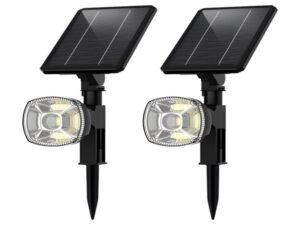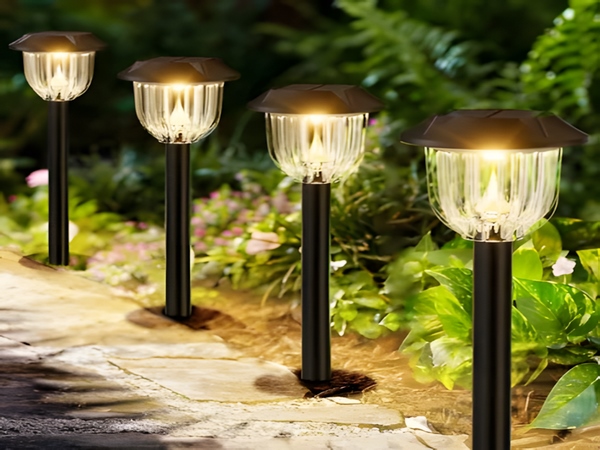
In the process of building new rural areas, many places choose rural solar streetlights for energy savings. This is a type of road lighting equipment, but due to its different nature compared to ordinary streetlights, users may encounter some unexpected problems during usage. Therefore, it is necessary for maintenance users to understand the structure and components of rural solar streetlights, become familiar with the common issues encountered, and know the solutions to avoid affecting normal use.

A summary of common problems and solutions for rural solar streetlights is as follows:
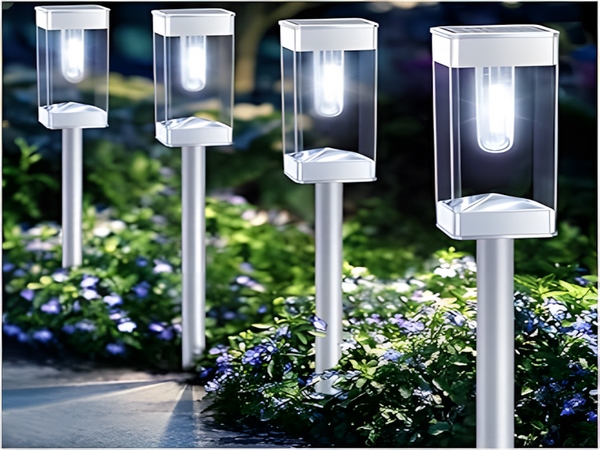
1. The entire lamp does not light: Used for outdoor lighting, rural solar streetlights often face high temperatures, heavy rainfall, and cold snowy weather. The controller is typically installed inside the pole where short circuit phenomena can easily occur due to water damage. First, check if there is any rust at the terminal of the controller; if so, this may indicate controller damage. Measure the voltage of the battery, for example, if the power system is 12 volts and the voltage of the rural solar streetlight battery is below 10.8 volts, the battery needs replacing. Also, check if the solar panel has voltage and current output on normal working days. If the panel is damaged, it needs replacing. If all this is good, you should check the light source. If the light source does not illuminate, it may need replacing.
2. Flickering light: The cause of this issue could be poor contact, severe battery capacity decline, or other issues in the powered circuit; replacing the battery may be necessary.
3. Short lighting time on cloudy days: This usually indicates a decline in the battery’s storage capacity. If the battery is sufficient, consider replacing it with a reasonable capacity one.
4. The light source of rural solar LED streetlights is incomplete: Many rural solar streetlights use dot matrix LED sources. Apart from potential quality issues with the LED light source itself, poor soldering of some lamp beads can lead to this issue. The solution is to replace the faulty lamp beads and ensure they are soldered securely or replace the entire lamp head.
5. Solar panels have voltage but do not charge: If the LED indication light does not illuminate, check the reliability of the connection point between the solar panel and the controller.
6. The charging indicator light (green) flashes quickly: Check if the battery connection is reliable or if the charging circuit is damaged.
7. The load indicator light (red) is on but does not work: Check if the load terminal connection is reliable. If the load indicator light flashes quickly and the load does not work, it may indicate a short circuit in the load. If the load indicator flashes slowly while the load is not operational, it could indicate the load power is too high. If the LED display is red, it indicates that the load is not working and the battery voltage protection is activated; charging is needed.
Regarding knowledge related to LED solar streetlights, this concludes the information for users. Interested users are encouraged to reach out for further inquiries or information.
